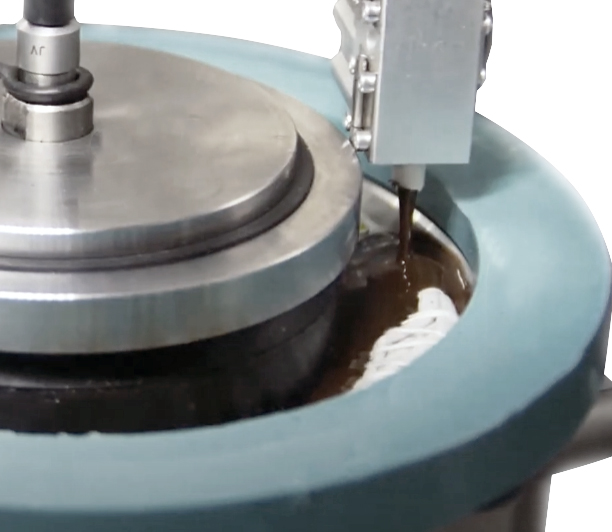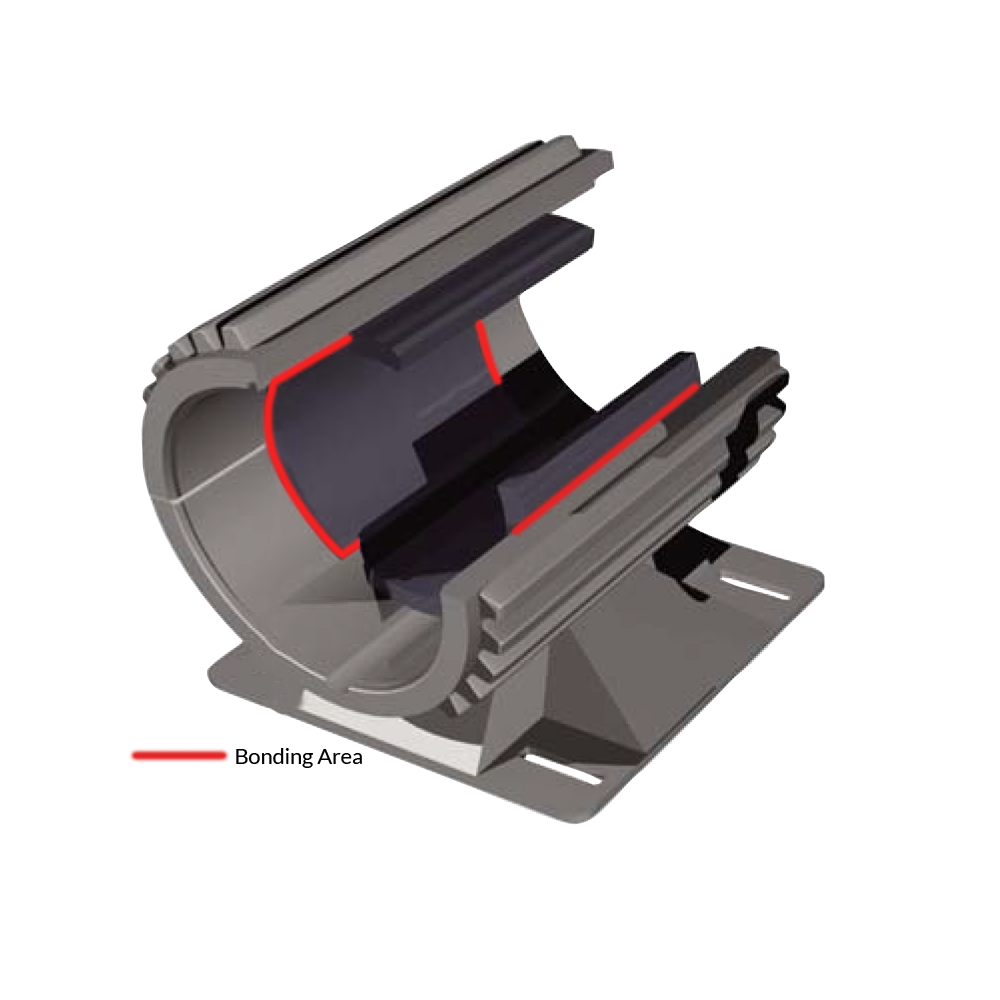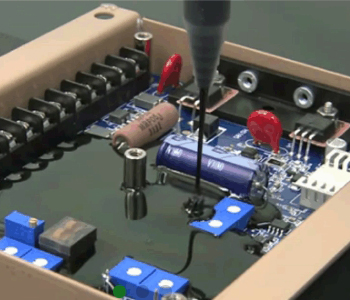Impregnation is the process of closing and sealing the voids between wires in a component such as an electric drive motor with an insulating material. The resin which is used as an insulating material is widely called impregnating resin. Typically, stator or rotor wires are first coated with a layer of varnish to provide primary insulation. After winding, impregnating resin fills all voids within the windings, and between the windings and laminations.


Why impregnate motor coils?
On high voltage a.c. stators there is a requirement that the outside surface of coils should make good electrical contact with the laminated core. This is necessary to prevent electrical discharging from taking place in any air gaps between the coil surface and core.
Under high electric field stress, these gaps can cause discharges, which can contribute to the degradation of the insulating properties. In severe cases, this can lead to insulation failure, which is known to be one of the significant causes of machine breakdown. A survey done by CIGRE on a total of 1199 hydro generators concluded that 56% of the breakdown scenes were due to insulation failure. [1]
Although in practice only coils operating at, or close to, the line-end is stressed electrically at a high enough level to produce slot discharging, it is normal practice to coat the external surface of all coils with a suitable insulating medium – normally is resin.
Reference: [1] CIGRE, Hydrogenerator Failures – Results of the Survey. Paris, France: CIGRE, 2003.
Impregnation of the electrical windings of rotors and stators in the electric motor, hybrid motor, generator, hydraulic motor, pumps, or the coils in transformers (transformers) or substations improves:
- the overall performance
- helps to extend the operating life of the drive train.
According to insulating function, resin impregnation of windings and copper wires provides:
- prevents vibration
- increases resistance to stresses and temperature loads and heat exchange during normal operation
- reduces the risk of short circuits in the windings.
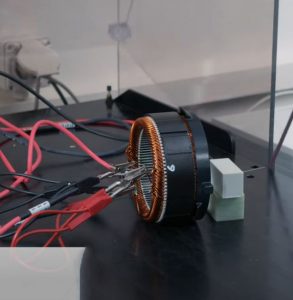


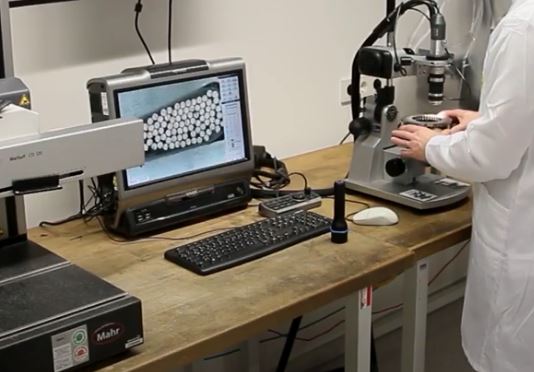
Thus, after the impregnation process, end-products are tested and demonstrate that impregnating helps to increase insulating, thermal conductivity, and mechanical properties but contributes to a better environmental balance.
In conclusion, Resin Impregnation of rotor and stator is an important process in the production of electric motors. Especially with the electrification of the powertrain in the automotive sector, the demand for durable engines with the maximum power density and low noise emissions is increasing.
Impregnating processes and resin are varied in different applications and industries.
Contact us for more information
Hotline: (+84) 984 695 398
Email: gluexpert@prostech.ph



